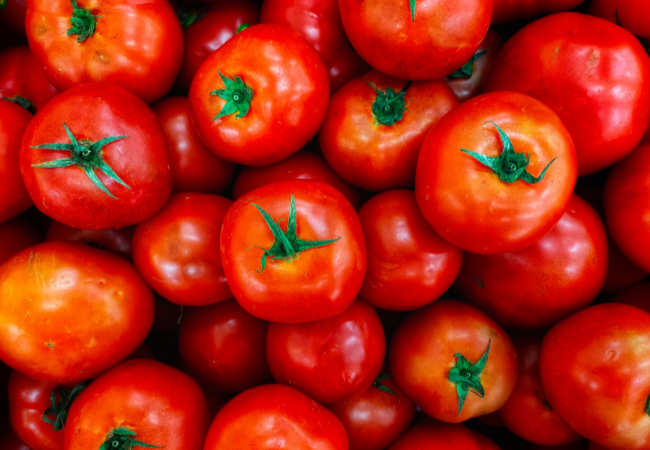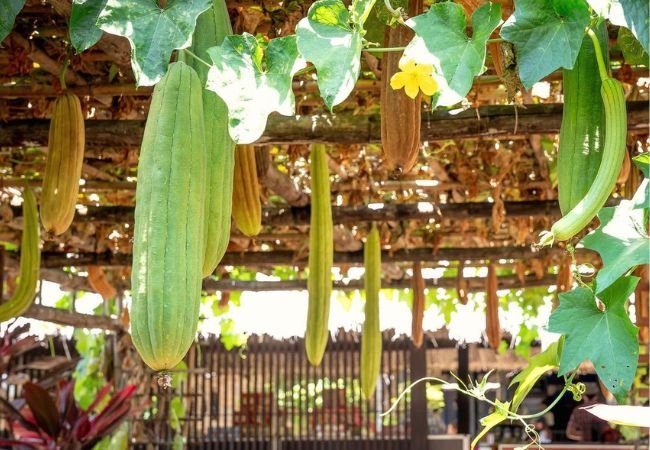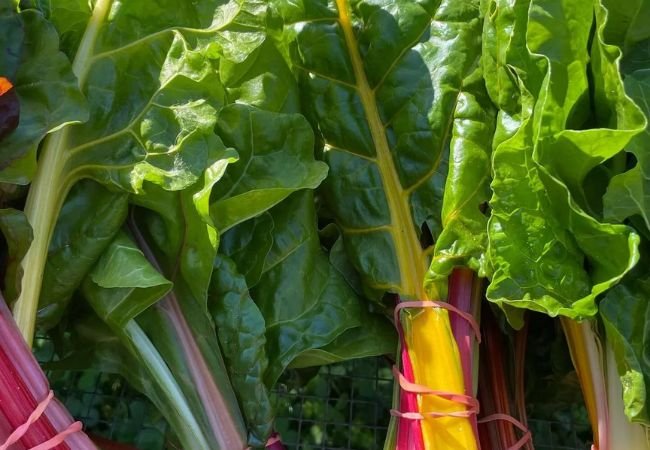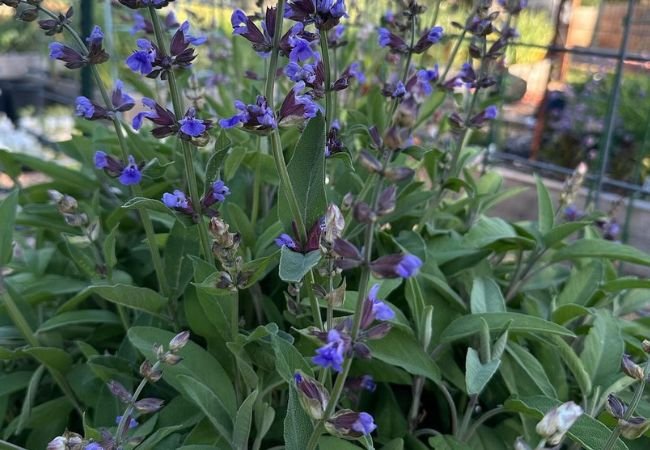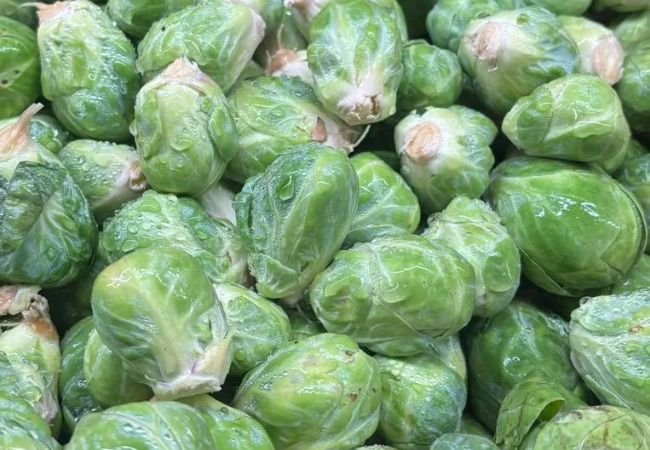Growing Vegetables Indoors : A Beginner’s Guide to Indoor Gardening
Discover how to grow vegetables indoors with this beginner’s guide. Learn about the best indoor crops, essential tips and tricks for year-round fresh produce.
Growing vegetables indoors is a great way to enjoy fresh produce year-round, regardless of your outdoor space or climate. This beginner’s guide will walk you through the basics of indoor vegetable gardening, helping you start your own mini indoor farm.
Why Grow Vegetables Indoors?
Indoor vegetable gardening offers several benefits:
- Year-round harvests
- Control over growing conditions
- No pesticides needed
- Fresh, organic produce at your fingertips
- A fun and rewarding hobby
Let’s dive into how you can start your indoor vegetable garden.
Choosing the Right Vegetables for Indoor Growing
Not all vegetables are suitable for indoor growing.
Here are some of the best options for beginners:
1. Microgreens
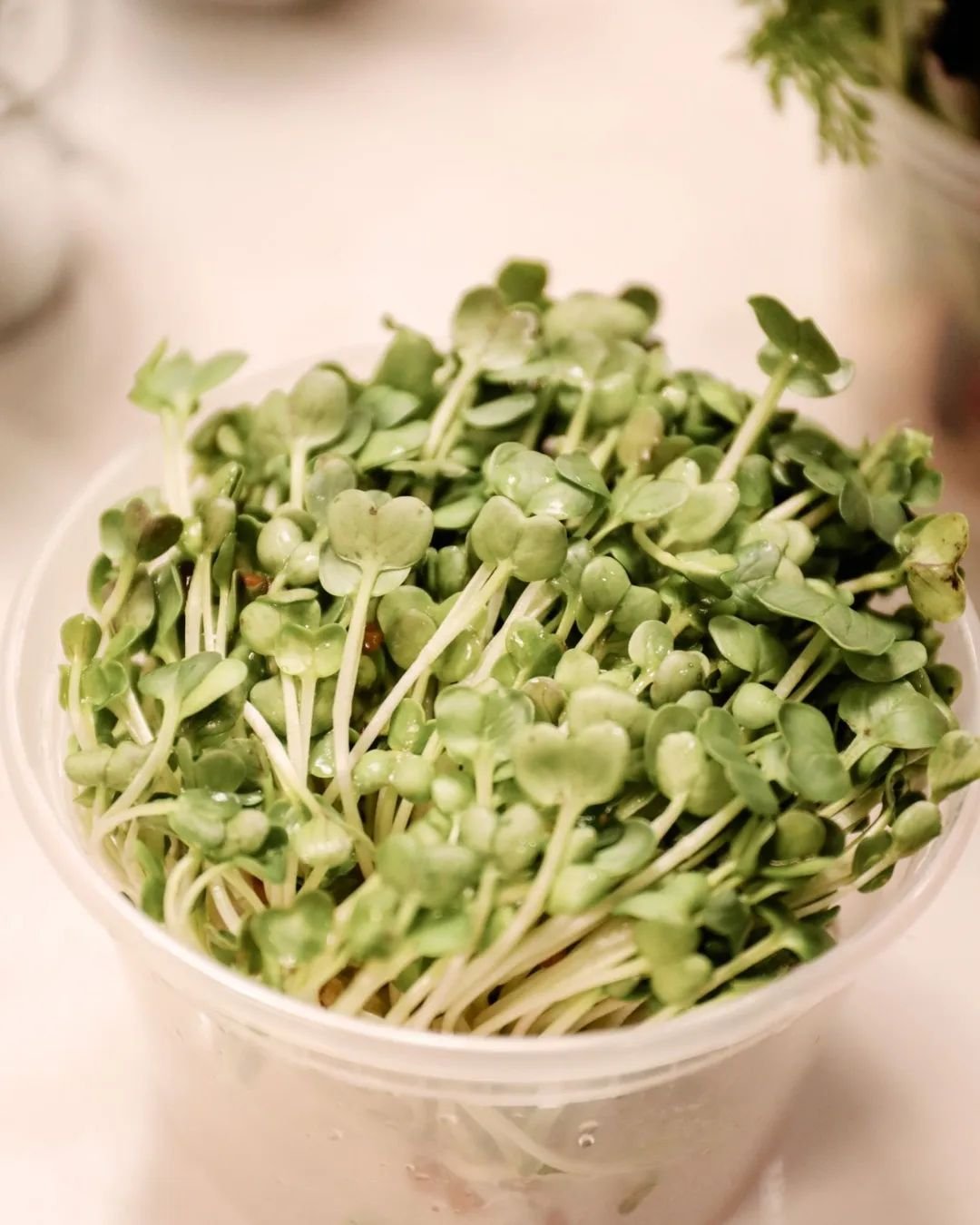
- Fast-growing and nutrient-dense
- Ready to harvest in 1-2 weeks
- Great for salads and sandwiches
2. Herbs
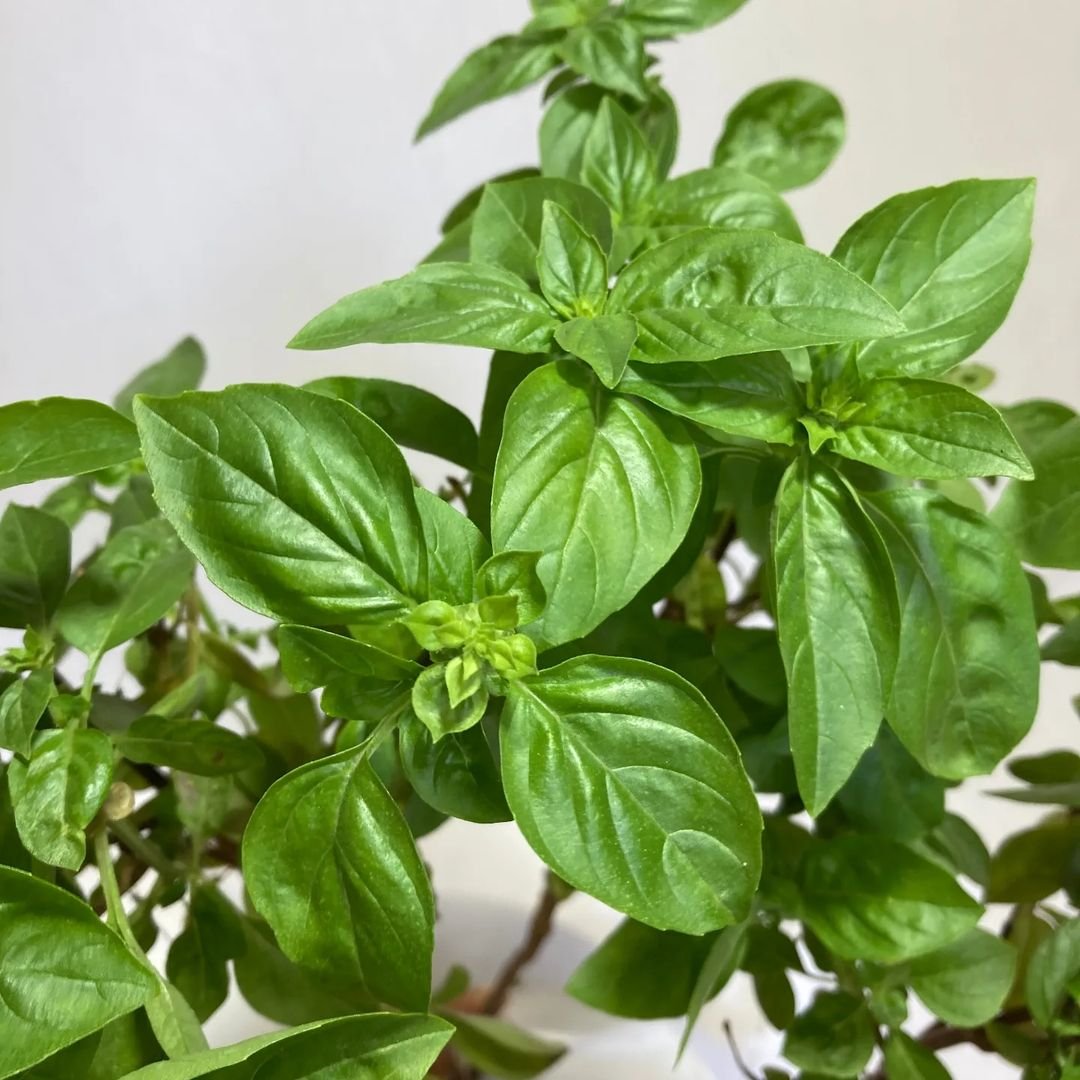
- Compact and aromatic
- Options include basil, cilantro, parsley, and mint
- Easy to grow in small pots or containers
3. Lettuce and Leafy Greens
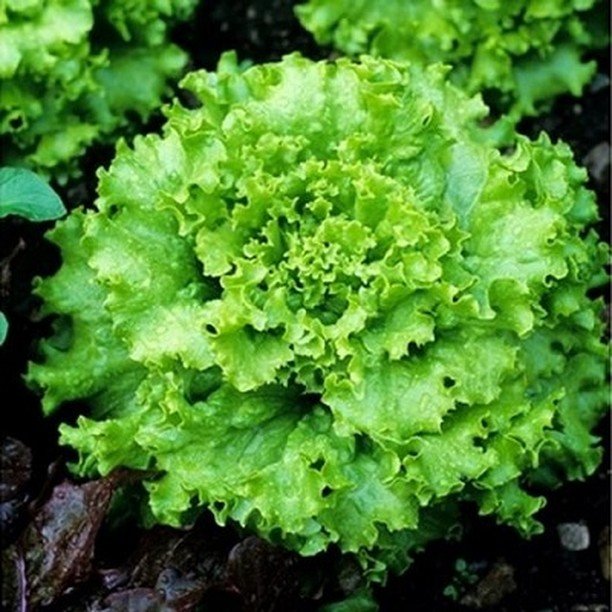
- Grow quickly and don’t require much space
- Options include spinach, kale and arugula
- Can be harvested multiple times
4. Cherry Tomatoes

- Compact varieties work well indoors
- Require more light than other indoor vegetables
- Provide a satisfying harvest
5. Peppers
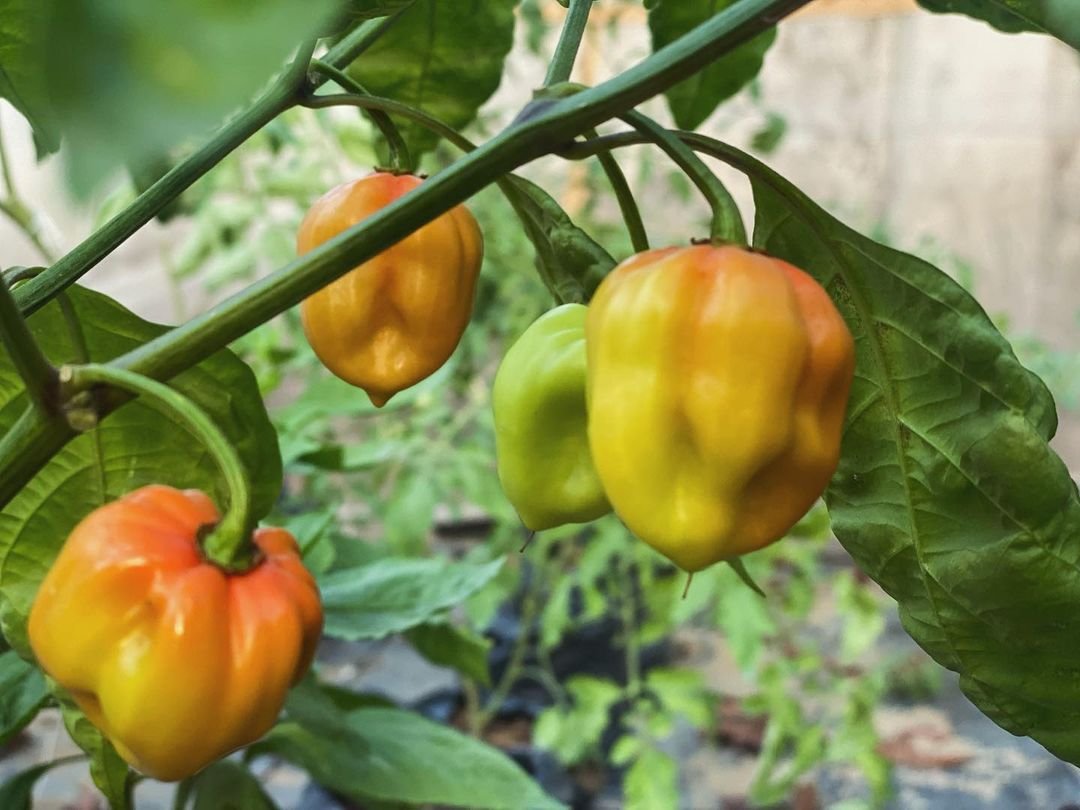
- Compact varieties like chili peppers work well
- Need plenty of light and warmth
- Add flavor to your cooking
6. Green Onions
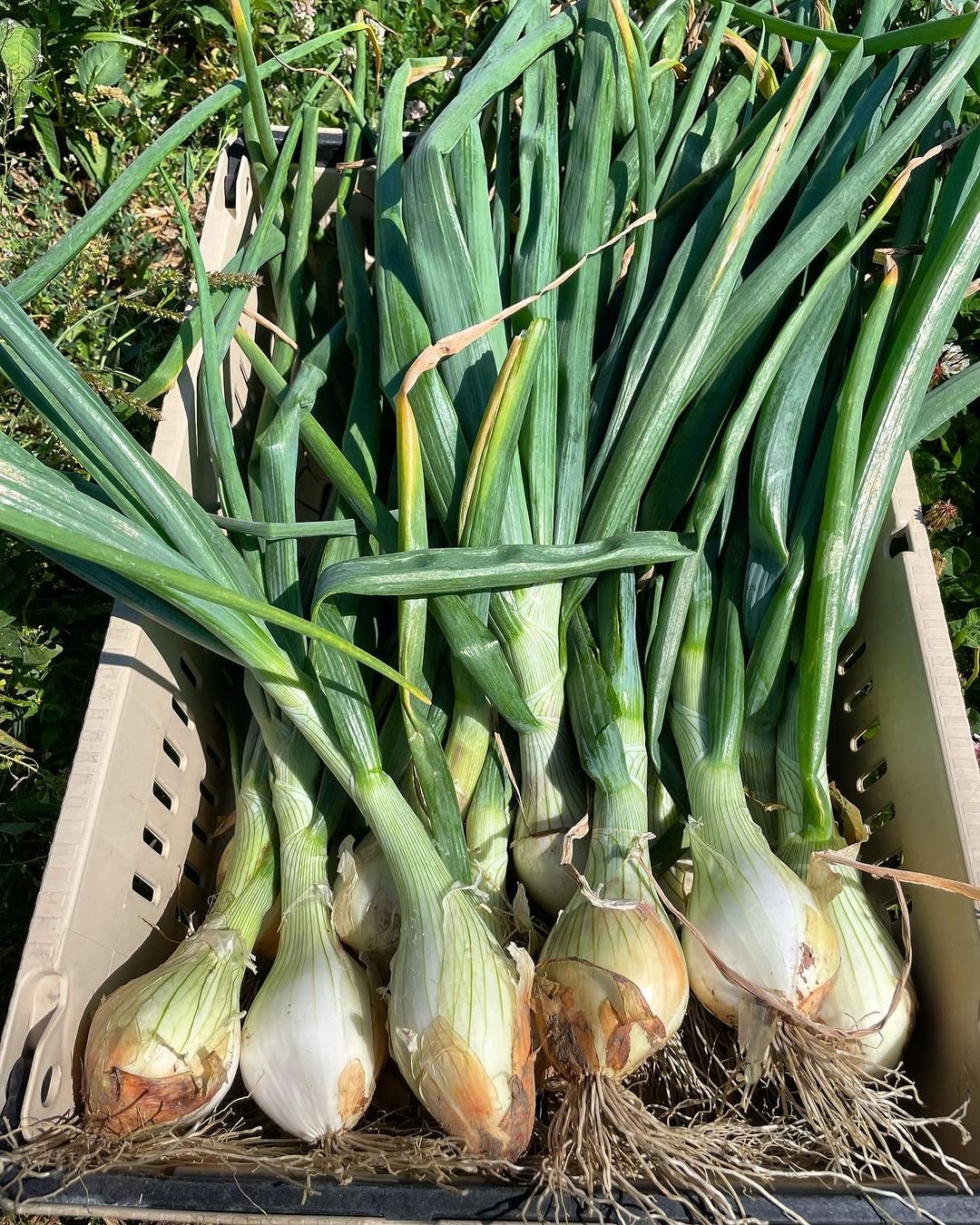
- Easy to grow from scraps
- Quick to regrow after harvesting
- Great for adding flavor to dishes
Essential Supplies for Indoor Vegetable Gardening
To start your indoor garden, you’ll need:
- Containers with drainage holes
- High-quality potting soil
- Seeds or seedlings
- Grow lights (if you don’t have enough natural light)
- Watering can or spray bottle
- Fertilizer suitable for edible plants
Setting Up Your Indoor Garden
Follow these steps to set up your indoor vegetable garden:
1. Choose a Location
- Pick a spot with access to natural light if possible
- Ensure the area is warm and away from drafts
- Consider using a shelf or plant stand to maximize space
2. Prepare Your Containers
- Select containers appropriate for the vegetables you’re growing
- Ensure they have drainage holes to prevent waterlogging
- Fill containers with high-quality potting soil
3. Plant Your Vegetables
- Follow seed packet instructions for planting depth and spacing
- If using seedlings, gently transplant them into your containers
- Water thoroughly after planting
4. Provide Adequate Light
- Most vegetables need 6-8 hours of light daily
- If natural light is insufficient, use grow lights
- Position lights 6-12 inches above plants and adjust as they grow
5. Water Regularly
- Keep soil moist but not waterlogged
- Water when the top inch of soil feels dry
- Use room temperature water to avoid shocking plants
Caring for Your Indoor Vegetable Garden
Proper care is crucial for a successful indoor garden.
Here are some essential tips:
1. Watering
- Water consistently, but avoid overwatering
- Use a spray bottle for seedlings and delicate herbs
- Consider self-watering containers for consistent moisture
2. Fertilizing
- Use a balanced, water-soluble fertilizer every 2-4 weeks
- Follow package instructions for proper dilution
- Avoid over-fertilizing, which can harm plants
3. Pruning and Harvesting
- Regularly remove dead or yellowing leaves
- Harvest outer leaves of leafy greens to encourage continued growth
- Pinch off herb tips to promote bushier growth
4. Pest Control
- Inspect plants regularly for signs of pests
- Use neem oil or insecticidal soap for minor infestations
- Isolate affected plants to prevent spread
5. Air Circulation
- Use a small fan to improve air circulation
- This helps prevent fungal diseases and strengthens plant stems
Common Challenges and Solutions
Indoor gardening can present some challenges.
Here’s how to address them:
1. Insufficient Light
- Symptoms: Leggy, pale growth
- Solution: Use grow lights or move plants to a brighter location
2. Overwatering
- Symptoms: Yellowing leaves, soggy soil
- Solution: Reduce watering frequency and ensure good drainage
3. Nutrient Deficiencies
- Symptoms: Discolored or stunted leaves
- Solution: Use a balanced fertilizer appropriate for edible plants
4. Pests
- Common pests: Aphids, spider mites, fungus gnats
- Solution: Use organic pest control methods and maintain plant hygiene
5. Limited Space
- Challenge: Growing larger vegetables in small spaces
- Solution: Choose compact varieties and use vertical gardening techniques
Advanced Indoor Gardening Techniques
Once you’re comfortable with the basics, you might want to try these advanced techniques:
1. Hydroponics
- Growing plants in water without soil
- Requires special equipment but can yield impressive results
2. Vertical Gardening
- Using wall-mounted planters or tiered systems
- Maximizes space and adds visual interest
3. Grow Tents
- Creates a controlled environment for plants
- Ideal for vegetables that need specific conditions
Growing vegetables indoors is a rewarding experience that allows you to enjoy fresh, homegrown produce year-round. By choosing the right vegetables, providing proper care and addressing common challenges, you can create a thriving indoor garden.
Remember, gardening is a learning process. Don’t be discouraged if your first attempts aren’t perfect. With patience and practice, you’ll soon be harvesting delicious vegetables from your very own indoor garden.
Whether you’re looking to supplement your outdoor garden, live in an apartment with limited outdoor space or simply want to try something new, indoor vegetable gardening is a great way to connect with nature and enjoy the fruits (or vegetables) of your labor. Happy gardening!

